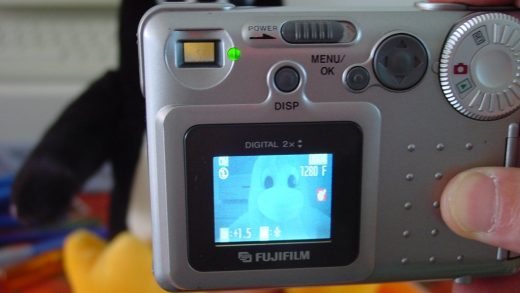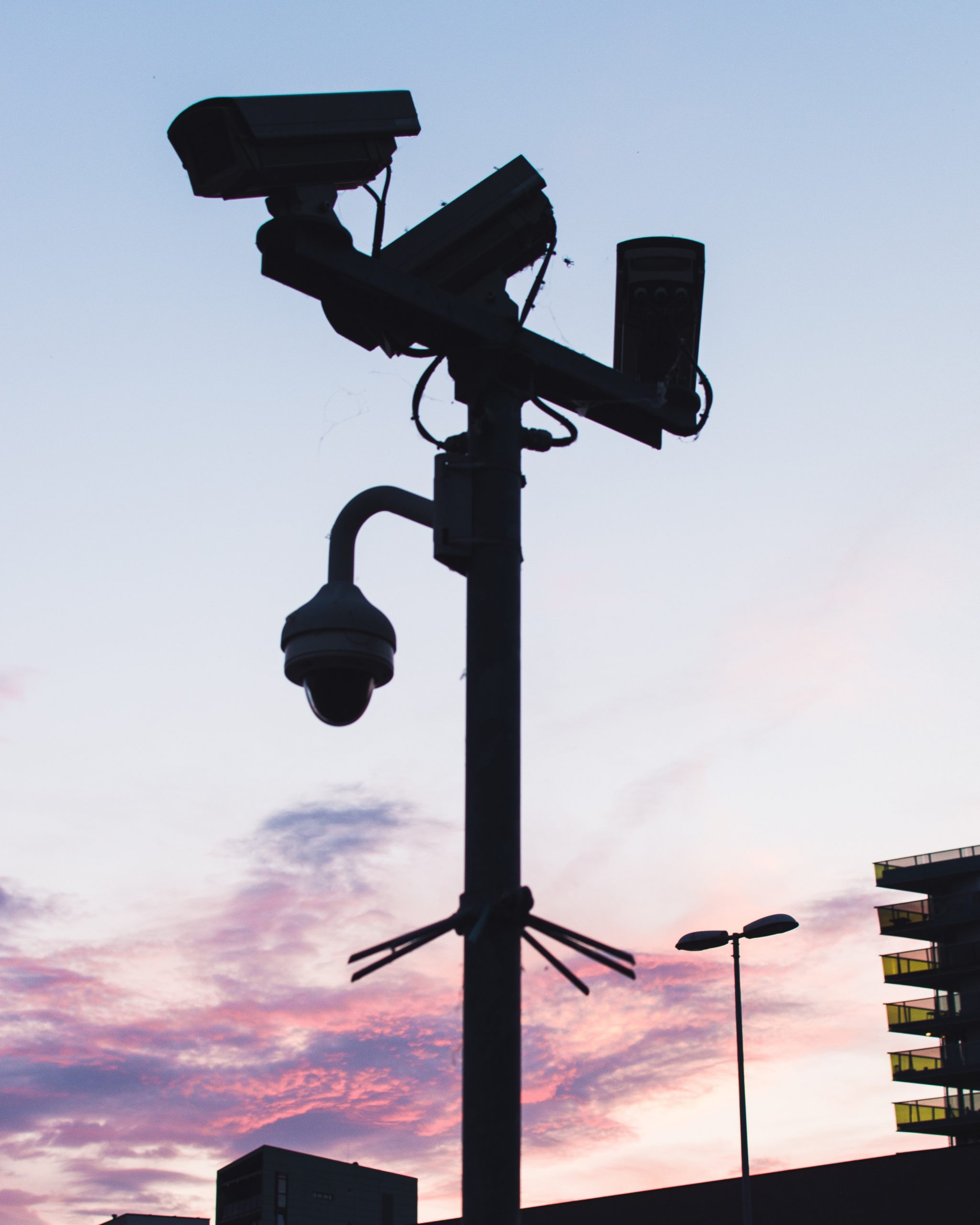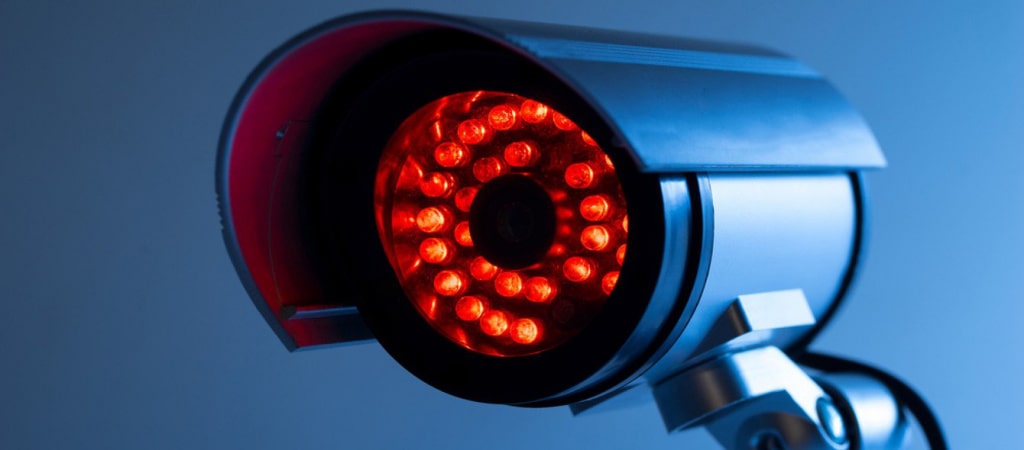Thermal imaging cameras, also known as infrared cameras, are devices that capture images based on the difference in heat emitted by objects. Infrared radiation is a type of electromagnetic radiation that is invisible to the human eye but can be detected by these cameras.
Thermal imaging cameras work by detecting the infrared radiation emitted by objects and then converting it into an electrical signal. This signal is then processed and displayed as an image on a screen. The hotter an object is, the more infrared radiation it emits and the brighter it will appear in the image.
The first thermal imaging camera was developed in the early 1800s by German physicist Johann Wilhelm Ritter. However, it was not until the mid-20th century that these devices began to be used for military and law enforcement purposes.
Thermal imaging cameras have a wide range of applications, including search and rescue, surveillance, and target acquisition. They are also commonly used in the medical field for diagnostics and treatment.
The history of thermal imaging and its development over the years
The history of thermal imaging begins with the discovery of infrared radiation by German physicist Johann Wilhelm Ritter in 1801. Ritter was investigating the nature of sunlight and found that when he covered a glass plate with black paint, it became warmer than the surrounding air. He concluded that there must be some form of invisible radiation coming from the sun that was able to penetrate the black paint and heat up the glass.
This discovery laid the groundwork for further research into infrared radiation and its properties. In 1849, British astronomer William Herschel discovered that this invisible radiation could also be used to detect objects that were too faint to be seen with the naked eye. Herschel’s work led to the development of the first infrared imaging devices in the late 19th century.
The first infrared camera was developed in the early 1920s by American physicist Harold E. Edgerton. Edgerton’s camera used a system of mirrors and lenses to focus the invisible radiation onto a photographic film. This system was later improved upon by other scientists and became known as the “bolometer.”
Bolometers were used extensively during World War II for military purposes such as target detection and night vision. After the war, they began to be used in a variety of civilian applications such as medical imaging and industrial inspection.
Thermal imaging cameras have come a long way since their inception in the early 1800s. Today, they are smaller, more portable, and more sensitive than ever before. Thanks to advances in technology, thermal imaging cameras are now used in a wide variety of applications ranging from search and rescue to medical diagnostics.
How thermal imaging cameras are used in various industries today
Thermal imaging cameras are used in a variety of industries for a variety of purposes. Some of the most common applications include:
-Search and rescue: Thermal imaging cameras can be used to locate people who are lost or injured in remote areas. They can also be used to detect heat sources from afar, such as fires.
-Surveillance: Thermal imaging cameras can be used to monitor large areas for criminal activity or trespassing. They can also be used to detect people hiding in dark places.
-Target acquisition: Thermal imaging cameras can be used to identify targets for military and law enforcement purposes.
-Medical diagnostics: Thermal imaging cameras can be used to diagnose medical conditions such as infections, tumors, and blood clots.
Some interesting applications of thermal imaging cameras that you may not have known about
-Monitoring volcanoes: Thermal imaging cameras can be used to monitor volcanic activity by detecting heat sources from afar.
-Detecting leaks in pipelines: Thermal imaging cameras can be used to detect leaks in pipelines and other infrastructure.
-Inspecting electrical equipment: Thermal imaging cameras can be used to inspect electrical equipment for potential hazards.
-Studying animal behavior: Thermal imaging cameras can be used to study the behavior of animals in the wild.
The future of thermal imaging
Thermal imaging technology is continually evolving and improving. In the future, thermal imaging cameras will become more sensitive, more portable, and more affordable. Additionally, new applications for thermal imaging are sure to be discovered as this technology continues to advance.


